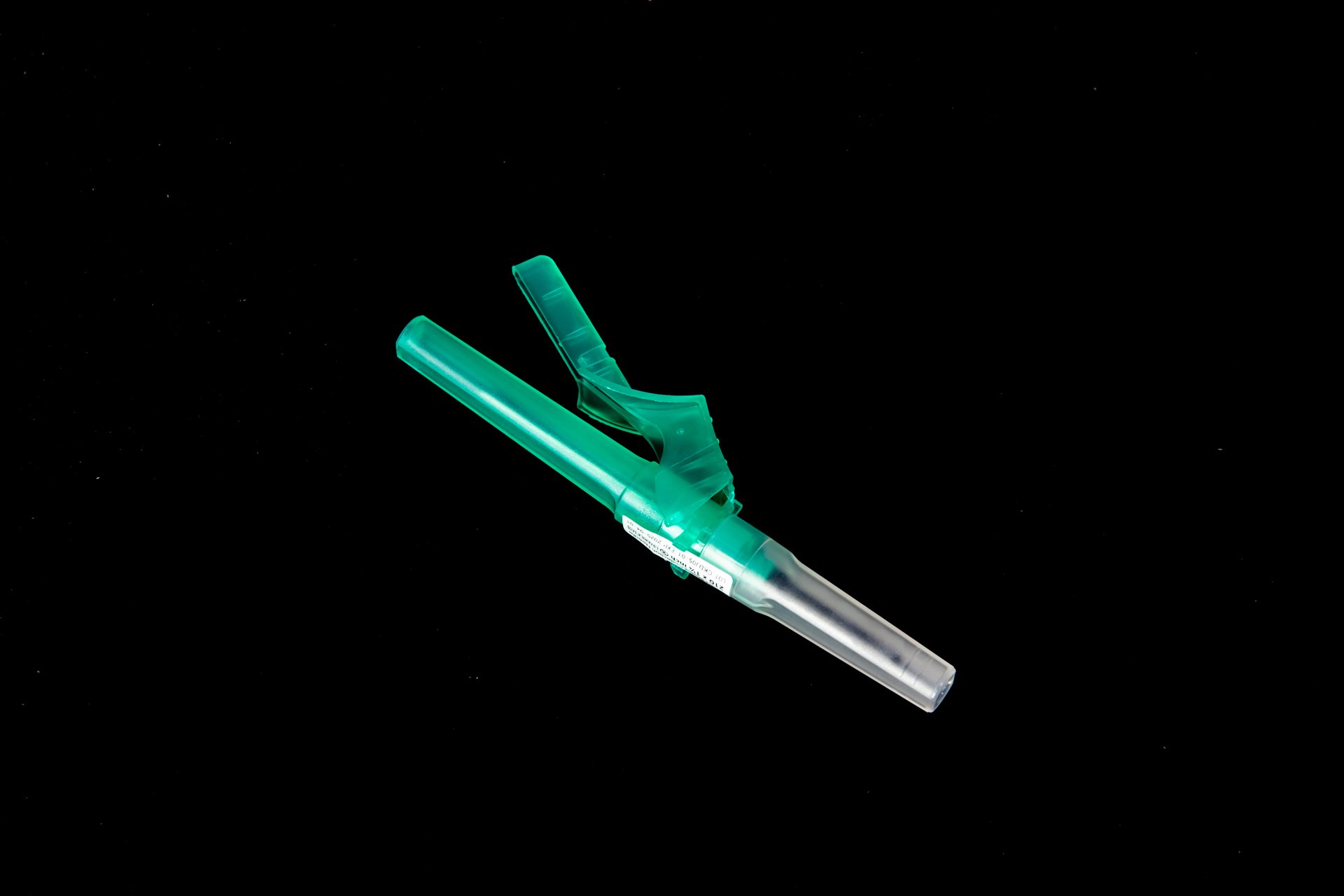Procedure For Blood Collection Needle Recalls
When it comes to blood collection, safety is paramount. In the event of a recall of blood collection needles, it is important for healthcare facilities to have a clear procedure in place to ensure the safety of patients and staff. In this article, we will outline the steps that should be taken in the event of a blood collection needle recall.
Identification of Recalled Needles
The first step in the procedure for a blood collection needle recall is to identify the recalled needles. This information will typically come from the manufacturer of the needles, who will issue a recall notice that includes details such as the lot numbers of the affected needles and the reason for the recall. It is important for healthcare facilities to have a system in place for tracking the lot numbers of the needles they use so that they can quickly identify any that are part of a recall.
Resources:
Quarantine of Recalled Needles
Once the recalled needles have been identified, they should be immediately quarantined to prevent their use. This means removing them from circulation and placing them in a secure location where they cannot be inadvertently used. It is important to clearly label the quarantine area to ensure that no one mistakenly uses the recalled needles.
Communication with Staff
Next, it is crucial to communicate the recall to all staff who may come into contact with the recalled needles. This includes phlebotomists, nurses, and any other healthcare professionals who may be involved in blood collection procedures. Staff should be informed of the recall notice and instructed on the proper procedures for handling the recalled needles.
Notification of Patients
In addition to communicating with staff, it is also important to notify any patients who may have been affected by the recall. This may include patients who have recently had blood drawn using the recalled needles. Healthcare facilities should have a system in place for contacting these patients and informing them of the situation.
Return of Recalled Needles
Once the recalled needles have been identified, quarantined, and all necessary communications have taken place, the next step is to return the needles to the manufacturer. This usually involves following the manufacturer's instructions for returning the recalled product, which may include packaging the needles in a specific way or completing a return form.
Documentation of Recall
Finally, it is important to thoroughly document the entire recall process. This includes keeping records of which needles were recalled, when they were quarantined, and how they were returned to the manufacturer. These records can be important for tracking the recall process and ensuring that all necessary steps were taken.
Following these steps can help healthcare facilities effectively manage a blood collection needle recall and ensure the safety of patients and staff. By having a clear procedure in place and promptly following the necessary steps, facilities can minimize the risks associated with recalled needles and maintain a high standard of care.
Disclaimer: The content provided on this blog is for informational purposes only, reflecting the personal opinions and insights of the author(s) on phlebotomy practices and healthcare. The information provided should not be used for diagnosing or treating a health problem or disease, and those seeking personal medical advice should consult with a licensed physician. Always seek the advice of your doctor or other qualified health provider regarding a medical condition. Never disregard professional medical advice or delay in seeking it because of something you have read on this website. If you think you may have a medical emergency, call 911 or go to the nearest emergency room immediately. No physician-patient relationship is created by this web site or its use. No contributors to this web site make any representations, express or implied, with respect to the information provided herein or to its use. While we strive to share accurate and up-to-date information, we cannot guarantee the completeness, reliability, or accuracy of the content. The blog may also include links to external websites and resources for the convenience of our readers. Please note that linking to other sites does not imply endorsement of their content, practices, or services by us. Readers should use their discretion and judgment while exploring any external links and resources mentioned on this blog.



